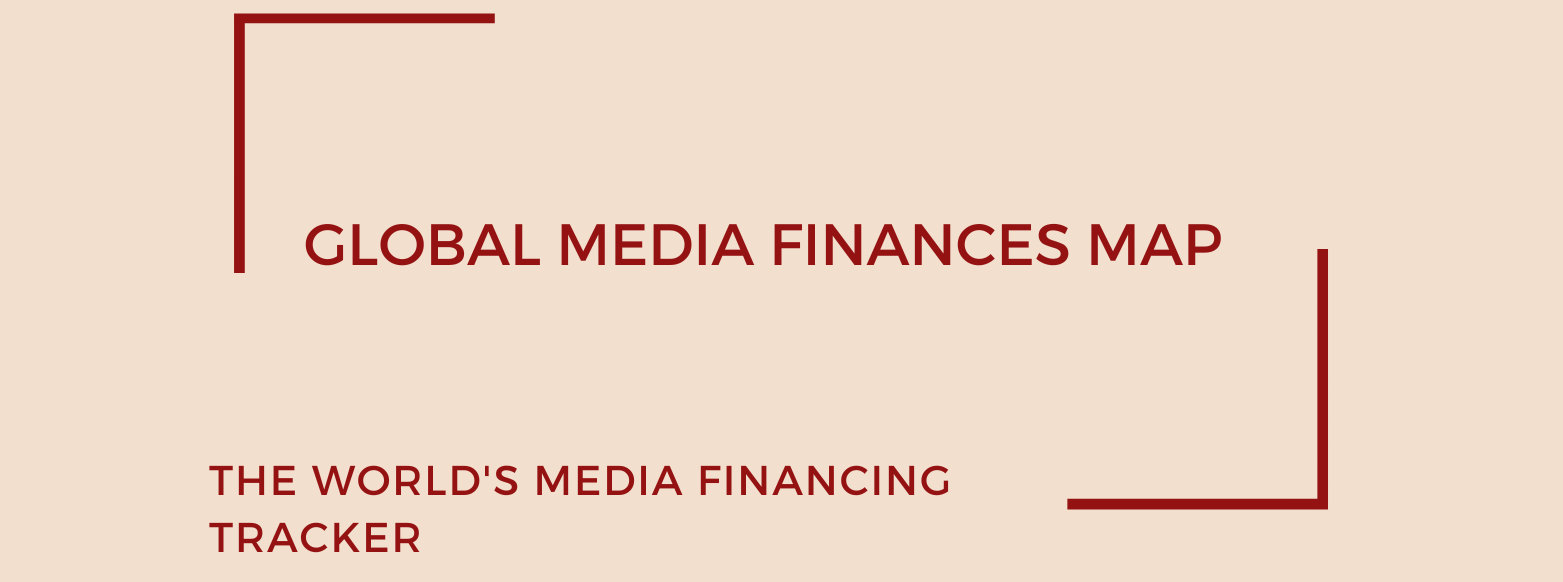VRT
The VRT and the RTBF were both established as part of the Belgian National Institute for Radio (NIR) in 1930. The NIR was comprised of two departments, one for the Flemish-speaking audience (the “Belgisch Nationaal Instituut voor de Radio-omroep,” or NIR) and the other for the French-speaking audience (the “Institut National belge de Radiodiffusion,” or INR). Despite their distinct audiences, both departments remained integrated within the Belgian National Institute for Radio, a state-owned entity that held a monopoly on radio and television broadcasting. The institution was financed through the imposition of a licence fee.
In the 1960s, the establishment of linguistic borders came about as a result of language conflict, leading to the official recognition of language communities and regions. In 1960, the former unitary broadcasting institution was divided into two entities: the Flemish-speaking BRT (renamed VRT in 1998) and the French-speaking RTB (renamed RTBF in 1977).
These entities initially shared a logistics department before diverging into their respective companies. However, by the late 1970s, logistics operations became separate, independent entities, media regulations were enacted, and the BRF (the German-speaking community public broadcasting service) was established.
The federal government continued to collect the license fee until 1982, after which it became the responsibility of the communities.
Since 2002, Flanders has abolished the license fee, opting instead to fund the VRT through direct government grants. For the French-speaking RTBF, this fee remains in place.
Although the VRT and the RTBF maintain their headquarters in the same location, there is minimal interaction between the two services. They offer divergent audience-based programs, and cooperation is not promoted from the political level. Despite the VRT’s reach extending to a higher percentage of the population, both stations achieve considerable success in audience numbers and are, respectively, regarded as the most trustworthy media outlets by Flemish and French-speaking Belgians.
The VRT is 100% owned by Vlaamse Overheid, the joint authority for the Flanders region and the Flemish-speaking community.The majority of VRT’s funding comes from subsidies from their respective public authority. The Flemish government’s funding is set to decrease, with the objective of reaching a yearly subsidy of €258.39m by 2025.
See more analysis about VRT on State Media Monitor, an MJRC project.
